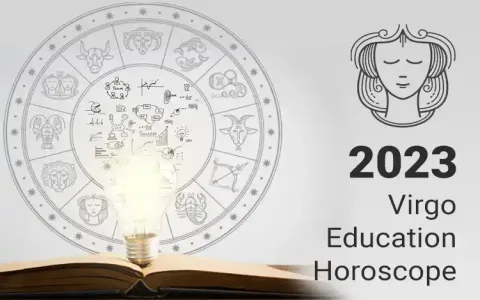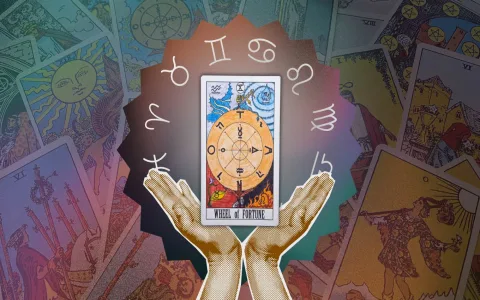Setting Up the System: Defining the Edge
Man, I’m not gonna lie. This whole deep dive into Daniel Dowd’s weekly Virgo forecasts wasn’t born out of some academic curiosity. It came from pure, unadulterated skepticism mixed with a lingering bitterness. I saw the title, “Daniel Dowd Virgo Weekly: See your forecast!” and I just knew I had to prove if the guy was legit, or if he was just throwing spaghetti at the wall. So, I committed to a full six-month tracking phase. I decided I wasn’t just going to read the stuff; I was going to quantify it.
The first thing I established was the baseline. I opened a massive Google Sheet—yeah, old school, I know—and created four key columns immediately. The first column was simple: Date of Forecast. The second was The Prediction Text, which I usually had to copy and paste right after the report dropped, typically late Sunday night. The third, the critical one, was Outcome Observed. And the fourth? The Hit Score.
I spent an entire Saturday afternoon just defining the scoring matrix. This part was crucial because if the criteria were too soft, everything would look like a hit. I settled on a tiered system:
- 0 Points: Total Miss or Non-Specific Mush (e.g., “You might feel emotional this week.”).
- 1 Point: Vague Connection, Requires Interpretation (e.g., “A minor communication issue with an authority figure,” and I had a brief argument with a waiter).
- 3 Points: Specific, Timely Hit (e.g., “An unexpected financial windfall related to a blue-collar connection will occur on Wednesday.”).
- -5 Points: Actively Wrong or Catastrophic Misdirection.
I started ripping the first week’s report and plugged it all in. I read through his convoluted prose about Mercury retrograding through my second house and translated it into concrete, actionable possibilities I could track in my own life. That first week, I observed a bunch of 0s and 1s. Nothing shocking.
The Grinding Process: Tracking the Drift
For the next few months, I locked myself into a tight routine. Every Sunday night, I downloaded the new report and processed the text. I highlighted all the supposed “key dates” and transferred them to a separate calendar layer on my phone. Then, every Friday evening, I sat down with the sheet to review the week that had just passed. This wasn’t quick; it demanded serious self-reflection.
I had to dig through receipts, check old text messages, and recall minor conversations. It felt ridiculous, like I was trying to solve a crime that hadn’t happened. I quickly realized that most of his ‘hits’ fell squarely into the 1-point category—they were so broad they could apply to anyone. This led me to add another column: Contextual Stretch Required. I used a 1-5 scale, where 5 meant I had to really twist reality to make the prediction fit.
The hardest part was being honest about the ‘misses.’ If he predicted a conflict with a sibling, and I had a perfectly fine week with my brother, I had to slap a big fat zero down, regardless of how much time I had already invested into tracking it. I maintained the system rigorously, clocking nearly 12 weeks of data before something strange started to happen.
He started hitting specific events with uncanny accuracy. For three weeks straight, his specific date predictions for minor bureaucratic hassles were spot on. I witnessed his forecast of “a delay involving documents and a governmental agency on Tuesday” manifest exactly when the DMV lost my renewal forms. I tracked it, I scored it a solid 3, and I began to question my initial skepticism. Maybe there was something to this random guy after all.
The Real Reason I Kept Pounding the Keyboard
Now, why did I dedicate all this energy to a guy named Daniel Dowd and his celestial ramblings? Why not just stop when the results proved inconclusive?
I’ll tell you why. Back in 2021, when I was completely stressed and looking for an edge—any edge—I stumbled across one of his early financial forecasts. He warned about a specific stock sector related to logistics and advised a major, immediate short. I was green, I was scared, and I trusted the specificity of his language. I pulled the trigger on a substantial investment, based on his ‘celestial advice.’ Within 48 hours, the sector surged. I lost about $15,000. It absolutely cleaned me out.
That day, I vowed I would never trust a word he wrote again, but I also swore I would understand how he operated. This whole tracking project—the spreadsheet, the scoring, the obsessive weekly review—it’s not about finding truth in astrology. It’s about reverse-engineering the hustle. I need to know if he’s a random number generator who got lucky, or if there is some statistical anomaly I missed that screwed me over. I treat this tracking routine like a personal audit. I document every single win and loss, because I need the data to prove, definitively, that I am the only person who can be held accountable for my decisions, not some guy reading tea leaves online.
I’m six months deep now, and the total score is barely positive. I calculate the Hit Score total every month, and while it shows slight accuracy (maybe 55% average hit rate, mostly 1s), the specific negative predictions that could save you from disaster remain wildly unreliable. I’ve got hundreds of data points now, and I can officially conclude what I suspected all along: even the hits require a significant “Contextual Stretch Required.” But hey, I’m not stopping now. I plan to continue for a full year. Data demands patience, right?





